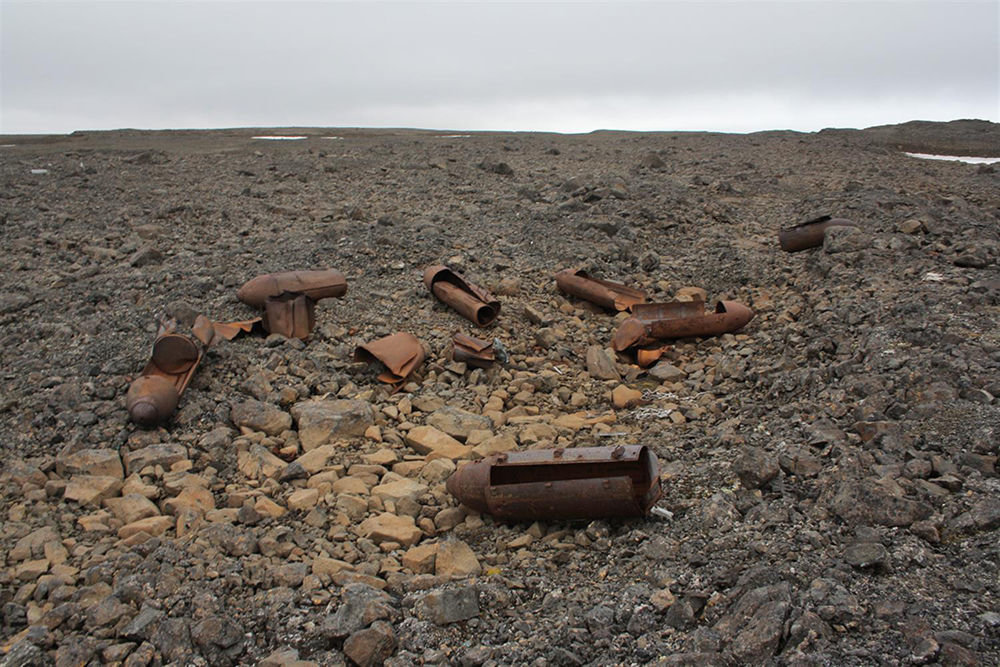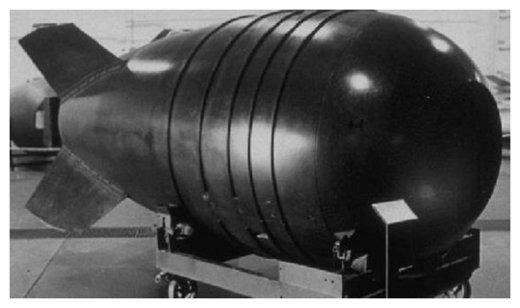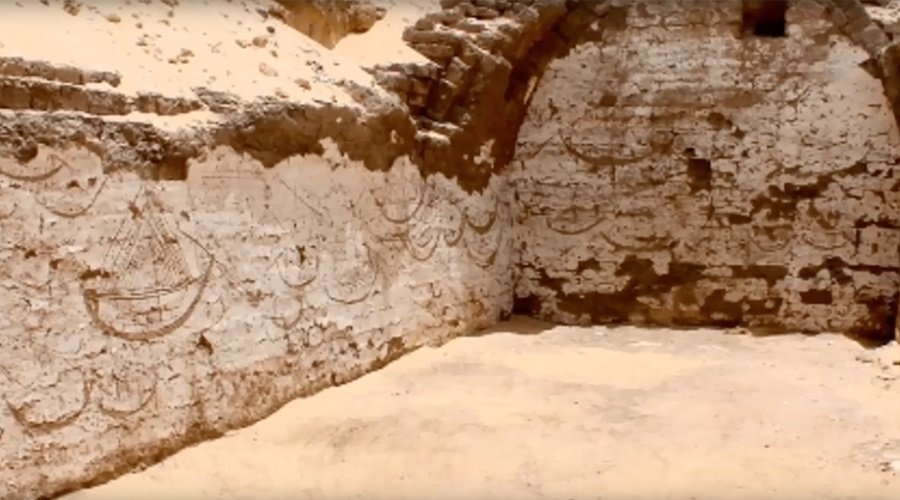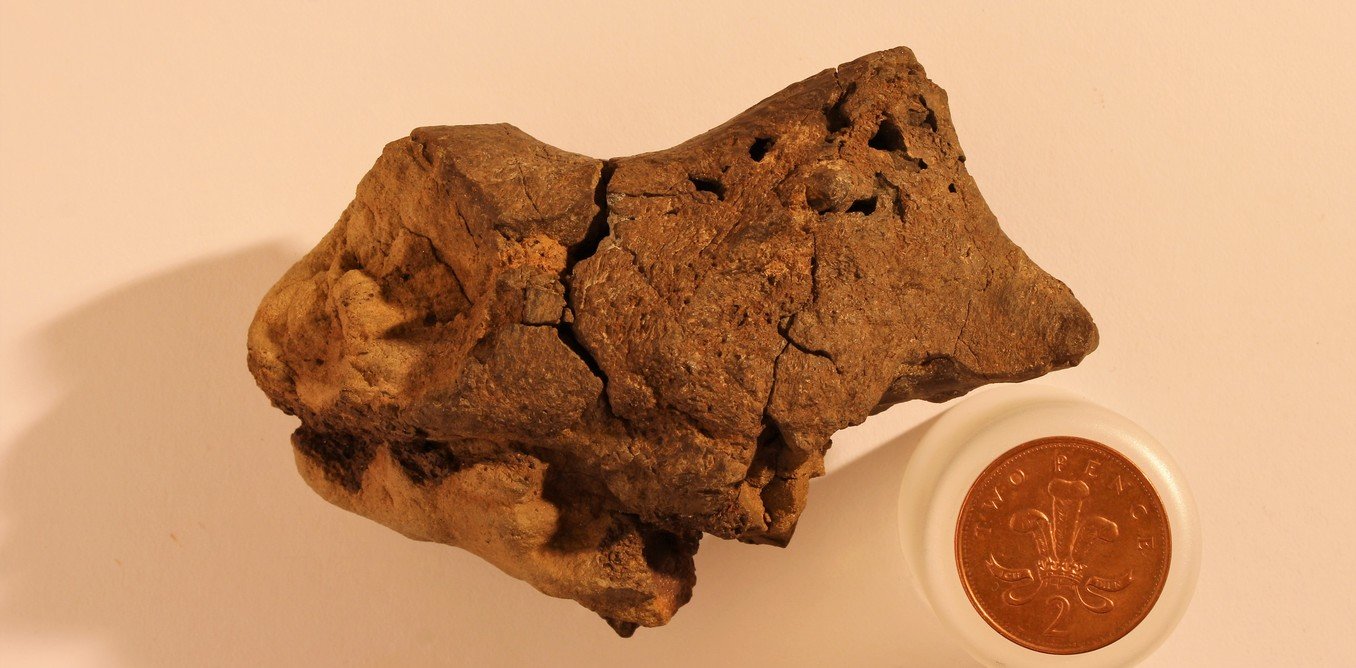The following contains replies to various comments and questions in recent e-mails from Russia, Holland, Great Britain, France and the USA
© WikipediaNicholas II or Nikolai II was the last Emperor of Russia, ruling from 1 November 1894 until his forced abdication on 15 March 1917.
A: In order to understand Tsar Nicholas II, you have to be Orthodox. It is no good being secular or nominally Orthodox, semi-Orthodox, 'hobby Orthodox' and retaining your unconverted cultural baggage, whether Soviet or Western - which is essentially the same thing. You have to be consistently Orthodox, consciously Orthodox, Orthodox in your essence, culture and world view.
In other words, you have to have spiritual integrity - exactly as the Tsar had, in order to understand him. Tsar Nicholas was profoundly and systematically Orthodox in his spiritual, moral, political, economic and social outlook. His Orthodox soul looked out on the world through Orthodox eyes and acted in an Orthodox way, with Orthodox reflexes. So we too have to be Orthodox from inside in order to understand him.
Q: Is that why academics are so negative about him?A: Western academics, like Soviet academics, are negative about him because they are secularists. For example, I recently read the book
Crimea by the British historian of Russia, Orlando Figes. This is an interesting book on the Crimean War, with many well-researched details and facts, written as senior academics should write. However, the author starts out from unspoken, purely Western secularist criteria, that since the Tsar of the age, Nicholas I, was not a Western secularist, he must have been a religious fanatic, and that his intention was to conquer the Ottoman Empire. Through his love of detail, Figes overlooks the main point - what the Crimean War was actually about from the Russian side. All he can see is Western-style imperialist aims, which he then attributes to Russia. This attribution is a projection of his Western self.
What Figes misunderstands is that the parts of the Ottoman Empire which Nicholas I was interested in were those where an Orthodox Christian population had for centuries suffered under the Muslim Yoke. The Crimean War was not a colonial, imperialist Russian war to expand into the Ottoman Empire and exploit it, like those conducted by Western Powers to expand into Africa and Asia and exploit them. It was a struggle to liberate from oppression - in fact an anti-colonial, anti-imperialist war. The aim was to free Orthodox lands and peoples from oppression, not to conquer someone else's empire. As for Nicholas I being a religious fanatic, in the eyes of secularists all sincere Christians must be 'religious fanatics'. This is because secularists do not have a spiritual dimension. They are always one-dimensional, unable to see beyond their own secular cultural conditioning, 'to think outside the box'.













Comment: Related articles: